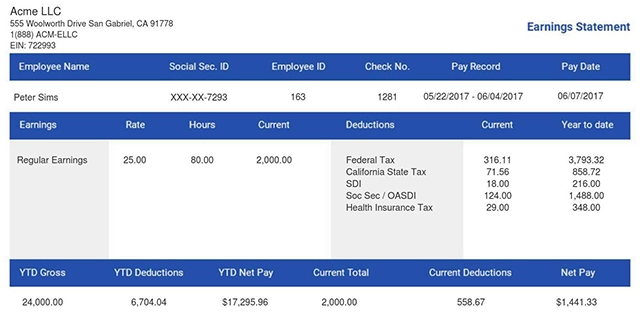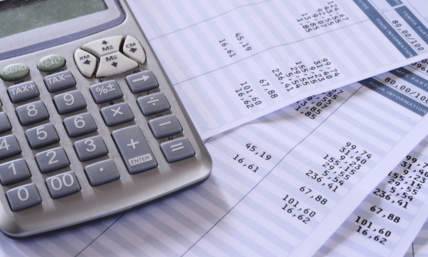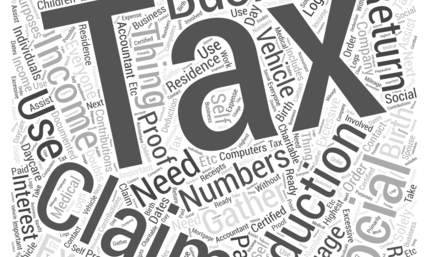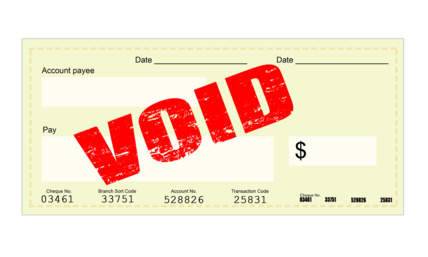How To Read a Paycheck Stub
To many, receiving a paycheck stub is like getting a puzzle. This puzzle contains strings of symbols and figures that you can hardly fathom. However, every employee needs to be able to read their pay stubs. This is essential even when you are a new employee or have been working there for a while. This helps them understand how much their employers are paying them and check if they’re paid correctly.
Here, we discuss how to read a paycheck stub, including understanding pay stub deductions. By the end, we help you understand your paycheck stub simply and easily.
What Is on a Paycheck?
A paycheck stub or pay stub is a summary of the earnings history of an employee. Today’s pay stubs are of two forms: online pay stubs and physical ones. Both offer certain important sections that show the amount that you were paid. They also provide the details of all the expenses deducted before it reaches your bank. Fundamentally, a pay stub helps provide an official record of an employee’s pay. It also gives the employee a clear understanding of the amount they’re being paid.
How To Read a Paycheck
Here are the steps on how to read a paycheck stub:
-
Personal Information
This information is provided in the header section of the pay stub. It includes your name, address, and the last four digits of your social security number. Your employer’s details are here as well. It also shows the pay period’s dates and the check’s issuance date. These may sound obvious. But it helps when you need to check and verify certain facts or earlier records.
-
Reviewing Your Earnings
The next section in your pay stub is usually the earning section. This section displays your gross salary, which is your total pay before deductions. In the case of hourly employees, this section displays the hourly wage. It also includes the number of hours the worker has rendered for the pay period. Salaried employees will see their regular salary for the pay period instead.
They also come with YTD earnings, which stands for Year To Date. This part displays all your earnings from the beginning of the year to the particular pay period. This cumulative sum is useful for filing taxes and monitoring yearly income. If you have received overtime or bonuses, they will also be itemized in your earnings.
-
Understanding Pay Stub Deductions
Understanding pay stub deductions is important for everyone. This part describes the relationship between the pay you receive and the amount you take home. Deductions come in many forms, and they all have their relevance. Federal tax withholding is usually the largest deduction removed from the employees’ pay. This is usually arrived at with the data that you filled in on your W-4. It also takes into account your income level. Filing status and number of dependents also affect how much is withheld.
FICA, which is taxes for Social Security and Medicare, is another type of mandatory deductions. Social Security tax stands at 6.2% of the gross pay, while Medicare tax is at 1.45%. These are consistent up to certain thresholds, regardless of income level. Your employer also contributes to these percentages. State and local taxes differ based on where you live and work. These deductions are usually taken as a fraction of the gross salary or adjusted gross salary.
-
Making Sense of Tax Withholdings
The taxes withheld seem to be very complicated. In a real sense, they are automated in relation to the income level and the filing status. An employer uses IRS tables and the information stated on your W-4 form to compute these withholdings. The goal is to withhold just enough money in taxes during the year. This ensures that after filing the tax return, you’re not faced with a large bill to pay. On the other hand, you also don’t receive a large refund check.
When starting a job, employees must complete W-4 forms to determine their tax deduction amounts. You have the ability to modify your W-4 form at any moment when you want to change how your taxes are withheld.
-
Benefits and Voluntary Deductions
Your paycheck stub will also include deductions on a voluntary basis. Understanding pay stub deductions also means you should know this. This includes or entails some benefits and programs. It is quite common to find health insurance premiums as one of them. This is often done before arriving at the pay that will be taxed. The premium payable depends on the coverage as well as whether it is for an individual or the family. Pension contributions like 401(K) or 403(b) deductions usually come individually.
They can be made either Taxable or Non-taxable (Roth contributions). That depends on the kind of retirement plan you have chosen to implement. Pre-tax contributions lower the amount that is taxed in the current financial year, although all the retirement benefits will be taxed. Roth contributions are taken from the after-tax income, but the money therein grows tax-free.
Other frequent benefits deductions include insurance, such as life and disability. Flexible Spending Accounts (FSA) or Health Savings Accounts (HSA) are some other forms. All of them have a particular impact on total employee perks. HSAs and FSAs both have advantages for healthcare expenses. However, they function in various ways and have different contribution limits.
-
Calculating Your Take-Home Pay
The amount we earn before deductions or the gross pay differs from what we receive. That is called the net pay. Gross pay represents the initial value. Each deduction decreases the amount to provide the final net pay. Knowing this means that you can arrive at an expected net salary. You can also budget accordingly. The calculation begins with your gross pay for the period. Pre-tax deductions, such as 401(k) contributions, are taken out from this amount. This results in what is referred to as your adjusted gross income. This figure then determines your tax withholdings.
Many employees are shocked at the difference between their gross and net pay. For instance, let’s take an employee earning $50,000 annually. They may expect to receive at least $4,167 per month, which cannot be the case. If they remove all the deductions, there’s a chance they’ll be left with around $3,200. This is why it’s important to learn how to read a paycheck stub. It helps you set the right pay expectations and create a feasible budget.
Digital Pay Records and Management
However, the way employees get their paycheck stubs has changed in the present generation. Most employers allow employees to access their stubs through online accounts or payroll systems. Some benefits of these include easy access to your records, as well as instant download and printing of stubs. You can also track the progress of your earnings.
Digital pay systems also help you with how to read a paycheck stub. They enable you to track your earnings and deductions. You can also modify your direct bank deposit information and tax withholding preferences. Some also have additional features, such as tax preparation tools for the end of the year tax time. They may also provide options to manage your employee benefits. Despite the existence of such systems, it is advisable to occasionally review your pay details. This is mainly to ensure accuracy.
Smart Financial Planning
Knowing how to read a paycheck stub helps you to stay informed. If you’re informed, you can make informed financial decisions. Pay stubs are useful in planning for your expenses and taxes. They are also useful in creating a long-term financial plan. With this, you can precisely estimate the net amount you will receive paycheck by paycheck. This helps you create a proper budget. So, you will know what to spend and save on the same salary.
Using your pay stub information to track progress with your financial goals is possible. Let’s say you planned to save a certain percentage of your income. When you look at your paycheck stub, it clearly shows what percentage is being placed in your retirement account. It also shows this for any other kind of saving vehicle. Knowing these can help you fine-tune your savings plan to achieve goals.
In Summary
Your paycheck stub gives a detailed account of your earning history for the period it was issued. It helps you organize yourself as an employee and maximize your pay. The different numbers and symbols might be confusing at first. However, knowing how to read your paycheck stub helps you get used to it. With each time, it becomes second nature. Again, your paycheck stub is a statement of your financial situation that helps you budget and build your financial future.
Deciphering your paycheck stub helps you understand your earnings and plan your finances. Simplify this process with our pay stub generator. Our platform provides clear and accurate pay stubs, making tracking your income and deductions easier. Visit us today and take control of your paystub details.














